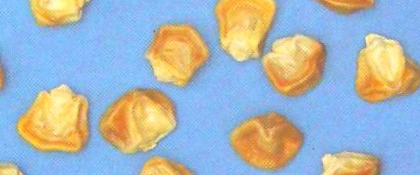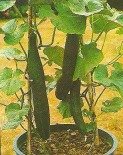|
Sprouting, Rare Seeds Growing Method
This rare seeds growing technique has many benefits. Here’s a few:
The list of benefits from sprouting seeds can go on, but I think you get the point. So let’s move on to the actual sprouting of the seeds. Choosing Rare Seeds that are Healthy to SproutWhen it comes to sprouting seeds it is best not to experiment. Some seeds are ideal for sprouting while some seeds are harmful to you when sprouted and eaten. So choose from the short list of vegetables below for seeds to sprout...
Stick to these plants and you won’t have to worry about the health aspect of sprouting.
Ok now that you have selected your seeds it is time to start. You can begin in the comfort of your own kitchen. First you should weigh out the amount of seeds you wish to sprout and wash them in cold water. Drain them out thoroughly and soak them overnight in lukewarm water. (Water that is lukewarm ranges between 79 to 97 degrees Fahrenheit). The next day allow the seeds to drain thoroughly again, then place the seeds in a well washed jar. Cover the top of the jar with a square cut from a pair of old tights and secure the square with a rubber band. Next fill the jar with water and pour it off. At this point we are at a crossroad with our sprouting. There are 2 methods that we can use to complete the growing process. They are called:
ForcingThe forcing process is as follows... Place the bowl containing the jar of the rare seeds in a dark cupboard where the sunlight cannot get in (an airing cupboard is ideal). The temperature in the cupboard should be between 55 to 70 degrees Fahrenheit. Seeds that require forcing are...
GreeningThe greening process is as follows... Place the bowl in the dark until the seeds have germinated (i.e. when shoots begin to emerge). Next, move the bowl containing the jar of seeds to a well lit spot but away from direct sunlight. (This should be done 1 to 2 days before harvesting). Seeds that require the greening process are...
While the seeds are sprouting in both the forcing and greening processes it is necessary to rinse the seeds twice each day. This is done by filling the jar halfway with water and then draining it away through the cloth at the top. The jar should also be placed back into the bowl when the rinsing process is completed. A Final WordSo that was the process of sprouting rare seeds in the comfort of your own home. The process usually takes about 10 days to complete and the results are great. Imagine...in just 10 days you can add mustard and cress to your vegetable salads. How satisfying would that be? Additionally you can stir fry the various beans and serve in an Oriental style dish. How exotic is that? Whatever you choose please keep in mind that these sprouts should be used within 2 days of harvesting. They spoil very quickly even if stored for more than 2 days in the freezer. Remember the sprouts are a source of quick food but should be used up quickly as well. OR
|










